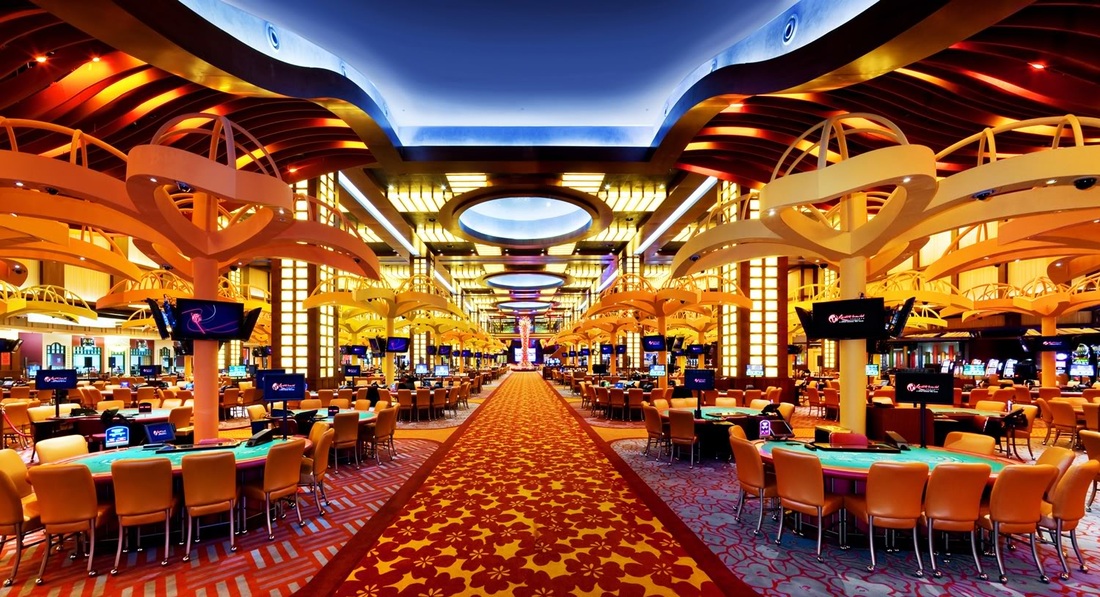
In the dynamic and exciting world of casinos, where fortune and strategy intertwine, hues and aesthetic play a critical role in attracting players. As soon as players step inside a casino or log into a gaming platform, they are immersed in a sightly feast that grabs their attention and lures them to explore more. Vivid colors, engaging graphics, and creative layouts are meticulously crafted to create an atmosphere of excitement and anticipation, ultimately enhancing the gaming experience.
As gamblers navigate through the dynamic landscape of casino games, they come across a range of designs that not only serve aesthetic purposes but also affect feelings and choices. Hues like scarlet and gold symbolize wealth and fortune, while soothing navy and emeralds can create a more relaxed environment. Grasping how these elements work together enables casinos to create an inviting and stimulating atmosphere that encourages players to interact with the games, invest more time at the tables, and increase their overall enjoyment.
The Psychology of Color in Gaming Establishments
Color plays a critical role in the development of casino games, affecting players’ emotional states and responses. Lively and bold shades, such as red and yellow, are often used to stimulate enthusiasm and draw focus. vinbet These hues create a sense urgency and dynamism, encouraging gamblers to participate more enthusiastically with the experience. By intentionally selecting colors, creators aim to inspire feelings of pleasure and excitement, which can enhance the total player experience.
Different shades also have psychological associations that can affect how gamblers perceive their odds of victory. For instance, emerald is commonly associated with good fortune and wealth, making it a popular choice in activities like the roulette wheel and poker games. This link can cause gamblers to feel more positive and self-assured in their gaming, ultimately motivating them to wager more. Comprehending these associations allows game developers to create environments that enhance player happiness and engagement.
In addition, the design of casino game interfaces often uses gradients and contrasting hues to direct players’ responses. For example, winning outcomes may be highlighted with bright, differing hues, creating a visual reward. This method strengthens positive outcomes and promotes repeated gameplay. By exploiting the science of color, gambling establishments can develop activities that not only captivate players but also keep them engaged and invested in their game experience.
Design Elements that Attract Gamers
The visual appeal of casino games is largely influenced by the use of vibrant colors. Bright and contrasting colors are strategically chosen to create an appealing atmosphere that grabs interest. For example, reds and golden hues often signify good fortune and wealth, which is why they are common in the palettes of slot machines and game surfaces. These colors not only attract players in, but they also evoke emotions related to excitement and anticipation, enhancing the total gaming experience.
In parallel to color, the design and organization of casino games play a significant role in captivating players. Games are designed to be user-friendly, ensuring that players can quickly understand the guidelines and gameplay. User-friendly interfaces, along with engaging graphics and animations, help maintain player interest and promote longer play sessions. The tactile elements, such as the texture of the controls and the audio of the games, also contribute to a holistic sensory experience that keeps players engaged.
In conclusion, conceptual elements in game design can greatly influence player choice. Many gambling games are inspired by media, fairy tales, or adventure themes, incorporating symbols and characters that resonate with players. These themes create a sense of immersion and relatability, making each game feel distinct. When players feel a bond to the theme, they are more likely to choose that game over others, leading to increased participation and enthusiasm within the casino environment.
Case Studies: Successful Casino Slot Designs
One noteworthy example of successful casino game design is the well-known slot machine series themed around blockbuster movies. Games such as those based on the Wizard of Oz and Game of Thrones utilize bright colors and top-notch graphics to immerse players in familiar narratives. The application of dynamic visuals and captivating sound effects takes the attention of players, building an affective connection to the theme. This approach merely encourages longer play but also enhances the overall gaming experience, resulting in increased player retention.
Another successful case is the use of color psychology in table games like blackjack and the wheel. Casinos often create these games with deep reds and greens, colors traditionally connected with luck and wealth. For instance, the emerald felt on a blackjack table provides a calming effect, while the red accents in roulette invite excitement. This intentional use of color helps to create an inviting atmosphere that motivates players to engage, fulfilling their psychological impulses and boosting their enjoyment.
Finally, social casino games that feature social features and lively, dynamic designs have achieved remarkable success in engaging players. Games like Zynga Poker and Slot-O-Mania leverage bright colors and playful animations to forge an inviting online environment. The integration of leaderboards, community sharing options, and in-game rewards promotes competition and community, attracting players in for longer sessions. Such designs not just make the games visually attractive but also highlight community engagement, a vital factor in player retention and engagement within digital casino environments.
https://vinbet.click/